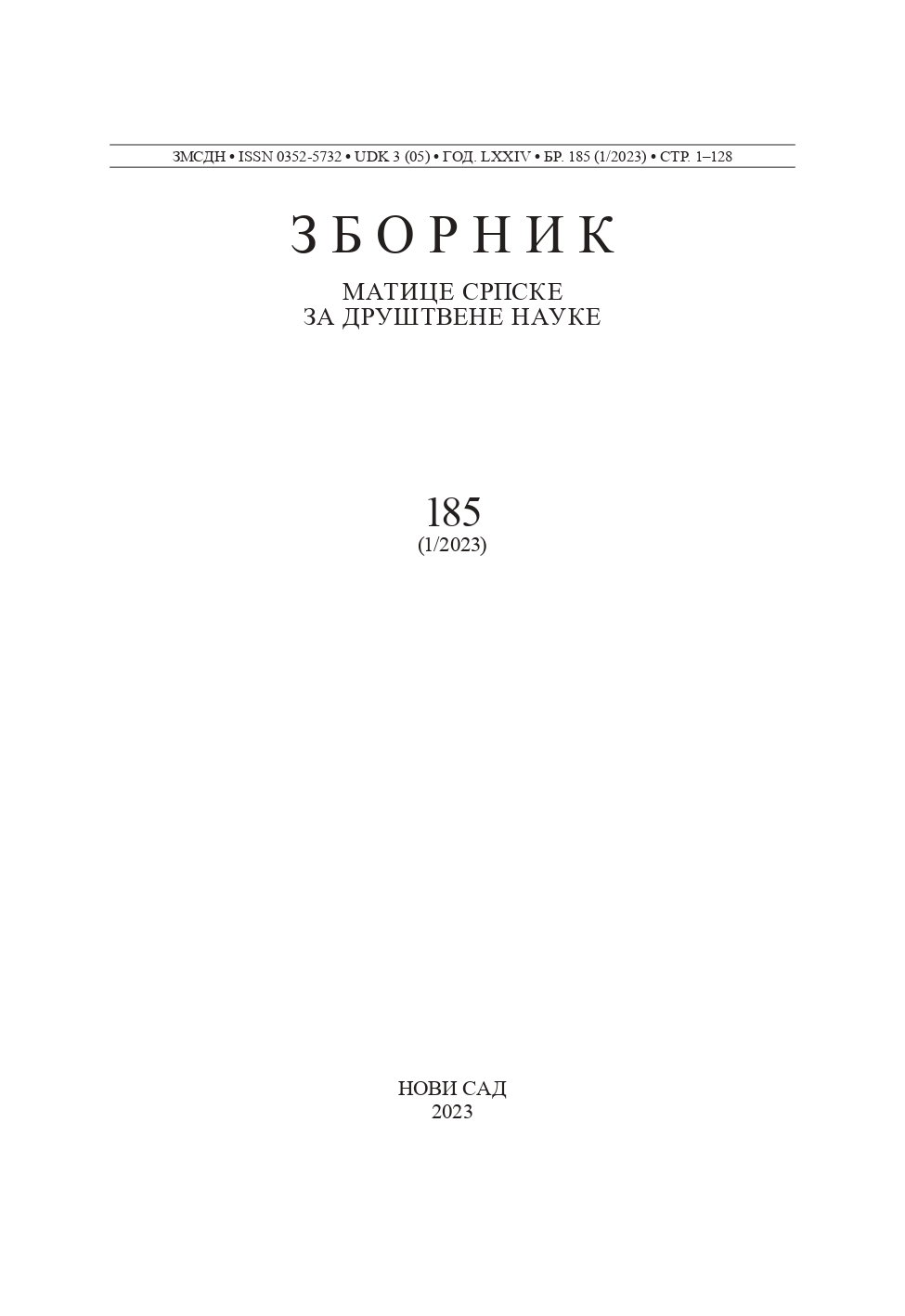КРИВИЧНО ДЕЛО ФАЛСИФИКОВАЊА НОВЦА У ФРАНЦУСКОЈ ОД РЕВОЛУЦИЈЕ ДО КРАЈА 19. ВЕКА
THE CRIMINAL OFFENSE OF COUNTERFEITING MONEY IN FRANCE FROM THE REVOLUTION TO THE END OF THE 19TH CENTURY
Author(s): Milica MarinkovićSubject(s): History, Law, Constitution, Jurisprudence, History of Law, Criminal Law, Modern Age, 19th Century
Published by: Матица српска
Keywords: counterfeiting; money; France; revolution; Penal Code of 1810
Summary/Abstract: From the very beginning of the Revolution, the new authorities had to deal with counterfeiters who made ample use of the revolutionary upheaval and powerlessness to ply their trade. The National Assembly and the Convention passed dozens of laws and decrees dedicated to counterfeiting money, and the general tendency was to repress it as harshly as possible. Napoleonic legislation, headed by the Penal Code of 1810, followed the same path. Counterfeiting money was an attack on state sovereignty, as evidenced by unusually severe penalties. Later amendments to the Criminal Code, made in 1832 and 1864, softened the harsh penalties from the first edition of the Code, but the legal minimum was still high. The real social danger of this criminal offense was not proportionate to the severity of the legal framework that regulated it. In practice, the most often forged copper coins are of almost insignificant value, and as a rule, counterfeits were of poor quality and could not cause much damage in the circulation of goods and services. Bearing this in mind, it becomes clearer that the object of protection of strict laws was not material goods of low value, but state sovereignty.
Journal: Зборник Матице српске за друштвене науке
- Issue Year: 2023
- Issue No: 185
- Page Range: 1-15
- Page Count: 15
- Language: Serbian

